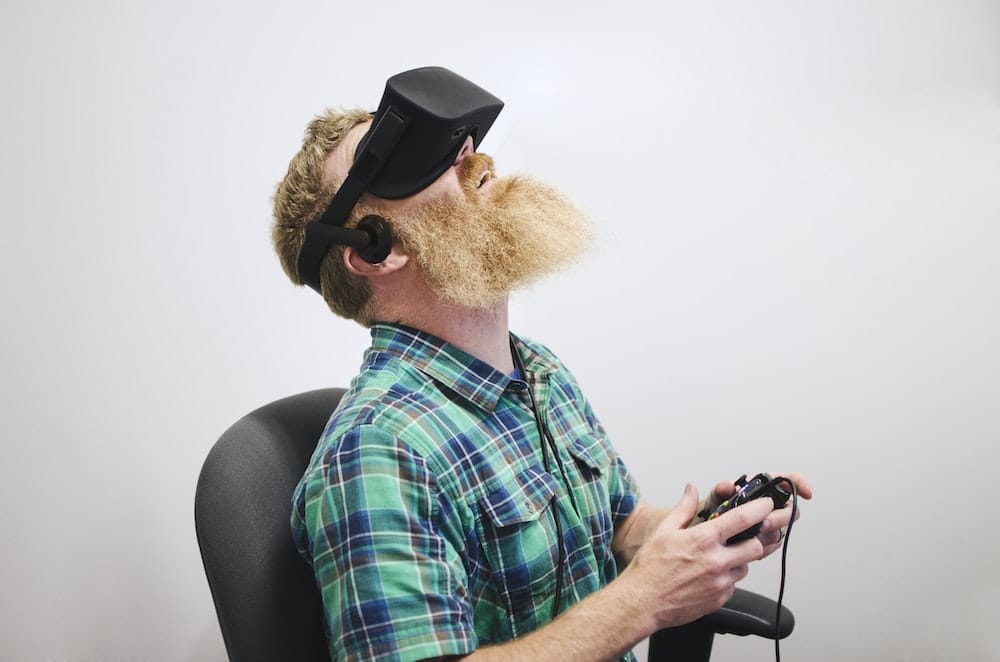The introduction of virtual technology into the realm of sports has revolutionized the way players train and interact. Using immersive forms of reality, teams can enhance their training sessions, making them more effective and interactive. In today’s ever-evolving technological landscape, augmented reality (AR) has emerged as a leading tool in sports training. This article will delve deeper into the use of AR in sports, focusing on how UK sports teams can integrate this technology to improve player interaction.
The Role of Virtual Technology in Sports Training
The evolution of technology has significantly impacted sports training. One such advancement is augmented reality, a revolutionary tool that blends digital elements with the real world, providing an immersive experience. This section discusses the role of AR in sports training and how it enhances player interaction.
In the same genre : What are the best strategies for UK water polo teams to improve goal-scoring efficiency?
Augmented reality in sports training offers a myriad of benefits, such as providing athletes with real-time data and analysis, supporting learning through visual cues, and creating a more immersive training experience. By leveraging AR, players can interact with their environment in ways that were previously unimaginable.
For instance, AR can simulate game situations, allowing athletes to practice their strategies in a risk-free virtual environment. By presenting players with real-time data about their performance, it aids in identifying strengths and weaknesses, facilitating the development of personalized training programs.
Also to read : How can UK mountain climbers ensure optimal nutrition during extended expeditions?
Enhancing Player Performance with Augmented Reality
In the highly competitive world of sports, even the slightest edge can make a significant difference. With augmented reality, sports teams can refine player performance and foster a more engaging training environment. This section illustrates ways through which AR can enhance player performance.
The major advantage of AR is that it allows players to practice in a virtual environment that mimics the real game. It exposes them to different scenarios, enabling them to develop strategic thinking and quick decision-making skills. By incorporating data analysis into the AR experience, it provides insights into the players’ performance, allowing coaches to make necessary adjustments in their training routines.
Additionally, AR promotes an interactive learning experience. It facilitates the understanding of complex training modules by breaking them down into visually appealing and easy-to-understand segments. Thus, augmenting reality not only improves players’ performance but also enriches their learning experience during training sessions.
Augmented Reality and Fan Engagement in Sports
While augmented reality has found its place in sports training, its impact extends to the fans as well. By providing a more immersive viewing experience, AR has the potential to boost fan engagement and interaction. Let’s examine how this technology can transform the sports viewing experience for fans.
AR technology can offer fans a more interactive and engaging sports viewing experience. For instance, AR apps can provide fans with real-time data about the game, player stats, and even interactive player profiles. This not only enhances the viewers’ understanding of the game but also makes them feel more connected to the teams and athletes they support.
Moreover, AR can enable fans to virtually participate in the game. Through augmented reality, fans can experience what it’s like to be on the field, intensifying their emotional connection to the game and the players. Thus, augmented reality can play a critical role in enhancing fan engagement in sports.
Implementing Augmented Reality in Sports Training in the UK
With numerous sports teams in the UK already utilizing technology for training and performance enhancement, integrating AR can further revolutionize the sports industry. This section provides insights into how UK sports teams can implement AR in their training regimes.
The first step towards integrating AR into sports training is to understand the technology and its capabilities. It is essential to identify how AR can be tailored to meet the specific needs of the team. This could involve using AR for performance analysis, tactical training, injury prevention, or fan engagement.
Furthermore, teams should consider partnering with AR technology providers who specialize in sports applications. These professionals can offer guidance on the best ways to implement AR technology into training regimes.
Finally, it’s crucial to recognize that effective implementation of AR requires a cultural shift within the team. Coaches, players, and staff must be open to embracing this transformative technology. By doing so, UK sports teams can harness the power of augmented reality to boost player performance, enhance training, and revolutionize fan engagement.
The Future of Augmented Reality in UK Sports Training
Looking ahead, augmented reality is set to become a game-changer in the sports industry, especially in the UK where teams are increasingly embracing technology for training and performance enhancement. This section explores the future potential of AR in UK sports training.
In the near future, AR can be expected to become more integrated into everyday training routines. As the technology becomes more advanced, so will its application in sports training. The real-time data provided by AR will be more precise, facilitating a more data-driven approach to training and performance analysis.
Potential future applications of AR in sports training also include video analysis, injury prevention, and motion capture. Video analysis involves using AR to break down game footage, providing players with a detailed insight into their performance. This aids in decision-making processes and strategic planning.
Motion capture, on the other hand, involves using AR to track and analyze players’ movements for injury prevention. This technology could be used to spot potential risk factors and suggest preventative measures, thereby reducing the risk of injury.
Furthermore, the incorporation of artificial intelligence (AI) with AR could further revolutionize sports training. For instance, AI can be used to analyze the vast amounts of data collected by AR, providing more in-depth insights into player performance.
Conclusion
In conclusion, augmented reality presents a wealth of opportunities for UK sports teams to improve player interaction, enhance performance, and boost fan engagement. The versatility of AR means it can be tailored to meet the specific needs of different teams and sports.
The proliferation of AR in sports training is not merely a trend but an evolution. The future of sports training in the UK is increasingly linked with the advancement of technology, and augmented reality stands at the forefront of this transformation.
However, it is important that teams approach the integration of AR thoughtfully. Proper understanding of the technology and its capabilities is crucial, as is a willingness to embrace change. By doing so, UK sports teams can ensure they are utilizing AR to its fullest potential, revolutionizing not only their training programs but the sports industry as a whole.
Finally, while this article has focused on the benefits of AR for sports teams, it is also worth noting the potential of this technology to enhance the sports viewing experience for fans. The future of sports in the UK holds immense opportunities for those ready to embrace the digital revolution, and augmented reality is set to play a leading role in this exciting new era.






